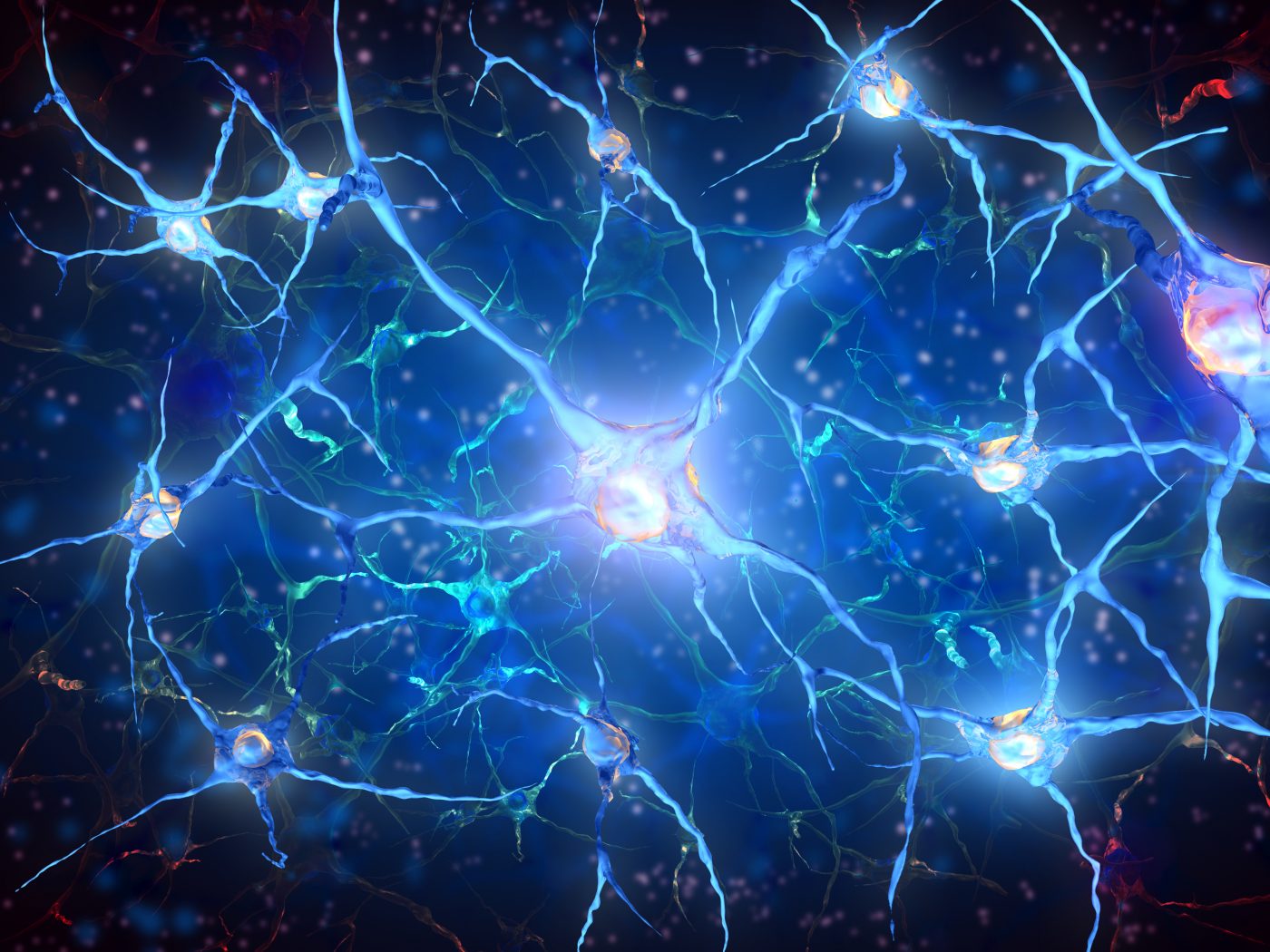Gatekeeper Protein With Implications in Parkinson’s Disease Identified

Researchers at the Jacobs School of Medicine and Biomedical Sciences at the University at Buffalo have uncovered a key protein, p53, as the key factor underlying the conversion from one cell type to another, such as skin cells to dopamine neurons. The research, which might have profound implications in the treatment of Parkinson’s disease, further highlighted a molecular approach to overcome this obstacle. The study, entitled “Cell cycle and p53 gate the direct conversion of human fibroblasts to dopaminergic neurons,” was published in Nature Communications.
Faulty dopamine production is one of the hallmarks of Parkinson’s disease and has been the focus of a substantial portion of PD research, namely through the conversion of embryonic stem cells, from fetal tissue, to dopaminergic neurons that are transplanted to patients and restore dopamine levels. However, this conversion process is long and complicated with low success rates. In light of this fact, recent research has tried to develop neurons from other types of cells, such as skin cells, a process that, likewise, fails to produce enough quantities of dopamine neurons.
Researchers identified a key protein that blocks this cellular conversion process, the transcription factor p53, that upon low levels of expression allowed the team to reprogram fibroblasts to neurons in an easier way.
“This is a generic way for us to change cells from one type to another. It proves that we can treat the cell as a software system, when we remove the barriers to change. If we can identify transcription factor combinations that control which genes are turned on and off, we can change how the genome is being read. We might be able to play with the system more quickly and we might be able to generate tissues similar to those in the body, even brain tissue,” senior author Dr Jian Feng commented in a press release.
Moreover, the team identified the best time within the cell cycle to drive down expression of p53, to achive more effective results. Researchers believe that this method can become more efficient, with as much as 60% of dopamine neurons in ten days, whereas previous methods produced 5% of dopamine neurons in two weeks. This research might represent a major step in Parkinson’s disease therapy development and also a method for in vitro screening of several other therapies.






